The Candy Bandits
They’re heartless and artful—delinquents of wit
With grab-happy claws and a glare that is lit
With greed that will trigger each dastardly deed—
These boisterous brutes are of barbarous breed.
Such ghastly marauders with mischief in mind
Are out and about with no doubt they will find
Fresh pleasures to pilfer at others’ expense.
Their hunger to plunder has conjured offense.
These gorgers have galled all the angels who place
Lush bonbons in baskets embellished with lace
For peachy-cheeked cherubs perturbed by the beasts
Who pee on the pumpkins and snaffle the feasts.
A princess and pirate are shrieking with grief
At spotting the slickest and stickiest thief—
Jaws gnawing and noshing the nectarous fare,
Fangs ripping at wrappers, farts rending the air.
They bully and sully each reveling street
With werewolves and zombies admitting defeat.
These utterly gluttonous, mannerless mobs
All hoggishly stuffing their slobbering gobs,
Now swallowing sparkle and vomiting glitter,
Have spewed up a moral that’s splattered on litter:
For trickster-free, trouble-free, tame Halloweens—
Swap platters of treats for tureens of green beans.
Star Crossed Cadavers
—a triolet
The luckless, lifeless Ghouliet
Is moaning for her Romeo.
As sunset dims to grimmest jet,
The fleshless, restless Ghouliet
Espies a bony silhouette—
Her long-lost, stone-cold, lonely beau.
The dead delighted Ghouliet
Is floating home with Romeo.
Susan Jarvis Bryant is a poet originally from the U.K., now living on the Gulf Coast of Texas.



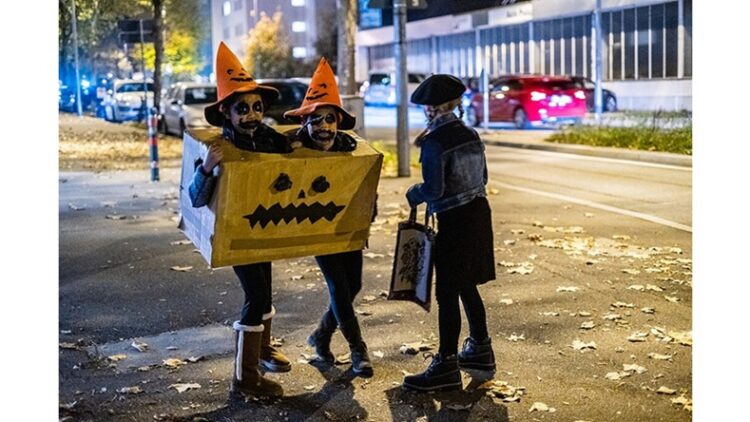


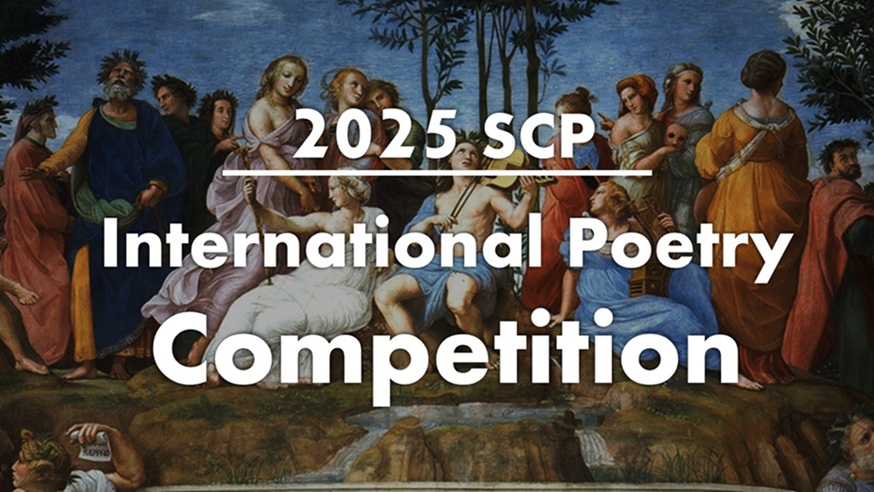

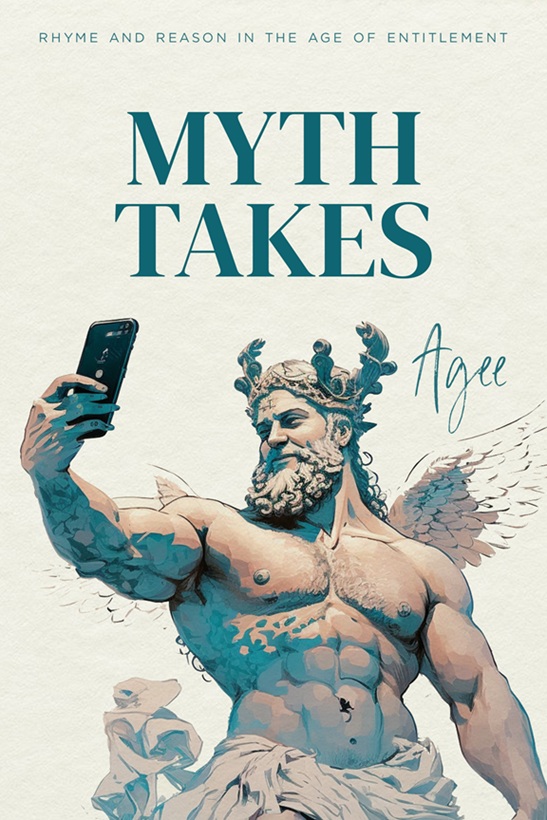
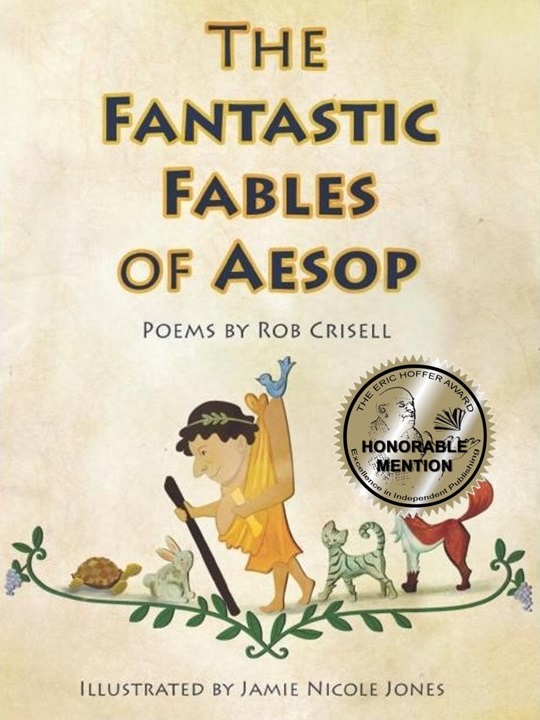
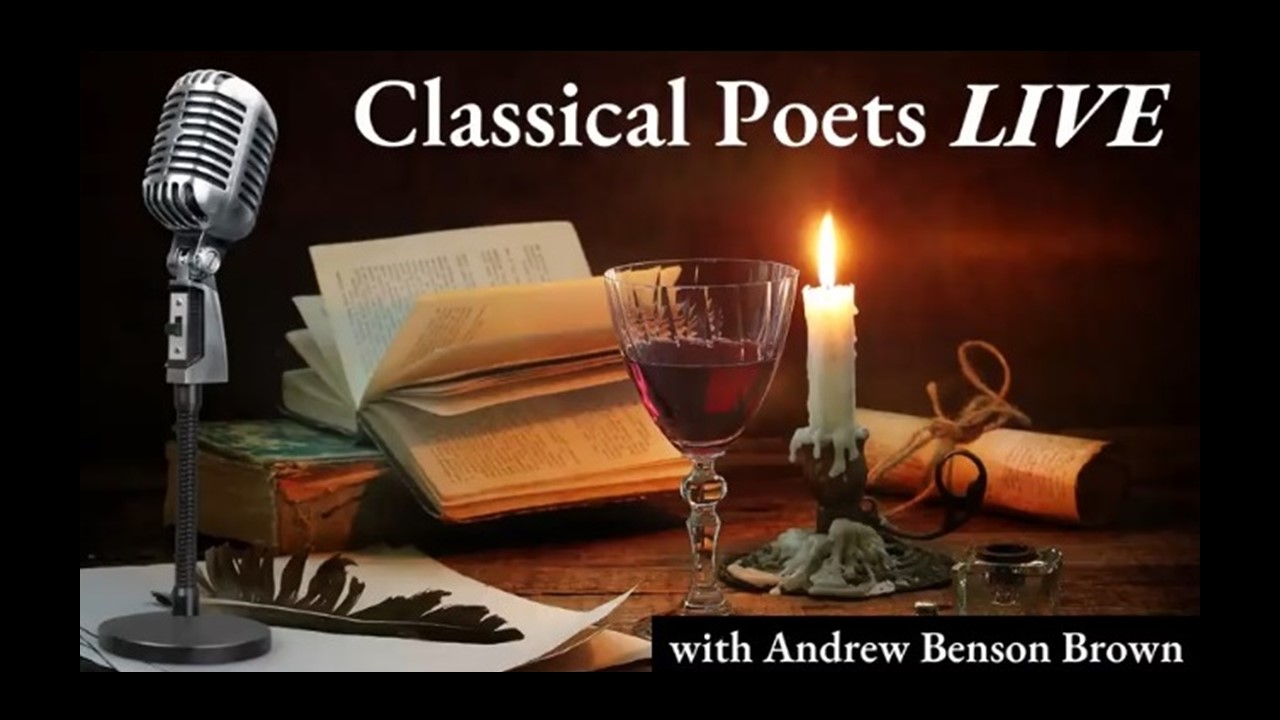






Susan, positively entertaining Halloween treats maligning the gift of the candies and sweets. You only could think of the treat of green beans for the “mannerless mobs” on their Halloweens. Your delightful poems are certain to please as the pranksters intend to “paper” our trees. “Star Crossed Cadavers” is ghastly and ghoulish as two long lost lovers at last get their wish! Happy Halloween to you and Mike. Thank you for the humor to brighten our night.
Roy, what a lovely comment and what a treat to have it presented in rhyme and rhythm. You have made me smile. Thank you!
They’re getting a sizeable selection of candy from us tonight, Susan, but some of it’s at least 2 years old. We should probably just turn out the porch light to be kind to the seemingly-greedier-every-year little twinks, but, as usual, some of their outfits are a real hoot! BTW – I can tell you’ve been working your alliterational skills – good girl! 🙂
Mark, thank you! I will admit to being a Halloween curmudgeon… I really don’t like Halloween at all. But like you, I appreciate the fun others have and I will admit to making some little bags of cookies without a hint of green beans in the mix. Shhh… don’t tell the candy bandits.
Boo! to you, too.
Ooh, C.B., you’ve caught me by surprise… I thought I’d made it through Halloween without a scare… I might need a potent pumpkin wine to settle my jitters.
“Star Crossed Cadavers” is a real hoot! The name “Ghouliet” is something that only a poetic mind could think up. I’m always glad to see the triolet used for a bit of impish, in-your-face satire. The metrical and rhyme structure is perfect (not a single glitch!) which in my view is essential for all very short forms.
“The Candy Bandits” shows that you are seriously pissed off at grabby and greedy trick-or-treaters. I don’t blame you. When I was a kid, no child over the age of eight would presume to go out demanding candy at the doors of strangers. As we got to the 1970s and 80s, more and more young adolescents joined in the shake-down, and it seemed to adults as a kind of blackmail or extortion. By the 1990s, Halloween had become a teenagers’ holiday, with all sorts of creepy additions and unpleasantries.
Both poems are a great pair for this spooky day.
What wonderful fun! I don’t know how you do it. The rollicking poem, “Candy Bandits,” reminds me of the sorts of things my friends and acquaintances and I did as kids! This year I had only small fry trick-or-treaters who each grabbed a handful of candy at my request. No tricks.
Susan, I’m completely baffled by the ease with which you appear to produce pieces like this. Successful humour is notoriously difficult to achieve, but these work a treat (so to speak).
thanks Susan – a little light in my November gloom.
Susan, I now believe in evolution. I was lucky enough to be along for the ride as your poem started out as a portrait of a marauding raccoon and then morphed into this haunting Halloween hilarity! How do you do it? Beautiful.
Susan, these are both fancifully entertaining with just a little shudder and a stinging chill. How well you’ve captured the very (haunted) spirit of Halloween!
I do love The Candy Bandits, and I have a few thoughts about it. But first… it is Star Crossed Cadavers which is the most surprising and – dare I say? – ghoulish. It is a piece so original only you could have penned it. And I love it. But it is not only the cadaverous characters which are fascinating – it is the fact that you have resolved Romeo & Juliet’s tragedy in a strange but canonically satisfying way. Allow me a slight linguistic detour: I’m no expert on Italian so I had to look to see whether the “gh” in Ghouliet was pronounced as a hard “g” (yes) as opposed to a “J” sound. That would have aurally preserve the name “Juliet” but you would have lost the “ghoul” reference so it’s better this more spooky way. But Gouliet looks Italian and that is just one more layer to this short but very rich poem. One other thing – this poem is both scary and satisfying. But it’s also very funny in the way names like Svengoolie are funny. And one last observation which gives weight to your little poem: Shakespeare was no stranger to ghosts.
Back to Candy Bandits. It is quintessential Susan Jarvis Bryant with its dizzying array of rhymes alliteration and assonance. I know of no other poet who can do what you do and I am green with envy (but not for the green beans.) One line which stands out for me is “These boisterous brutes of barbours breed.” How effortlessly this reads across the page and rolls upon the tongue and yet how much precision detail-work went into the crafting of such a line. It is not simply an array of “B” sounds after all. The meaning is enhanced rather than sacrificed by the poetic device. And the playfulness is souped-up by the sound effects of the “R”s attached to the “B”s. Another standout for me is “Jaws gnawing and noshing the nectarous fare.” I love this line partly because I love the hilarious use of the Yiddish word “nosh” in an otherwise highly formal poem along with the aural alliteration sound of “gnawing” which is a sonic alliteration without being a visual one. But you do make these cheeky word-choices and contrasting high and low images all through the piece, with angels and cherubs counterbalanced by pirates and beasts, with your use of the high-sounding “conjuring” and similar slightly period-sounding sophisticated words (perturb, dastardly, delinquents, et al.) which are then linguistically mocked by the pee and the farts and the glitter vomit. You go from the sublime to the ridiculous and you make it work perfectly.
Ultimately, what makes your work so superb, Susan, is that elusive quality: taste. You go far beyond what words mean to how words work together to spin a tale or a spark a mood. What a fantastic lesson in how to write the kind of poetry one wants to return to again and again (rather than the kind that makes one yawn, grateful to move on to other things.) Great work, Susan! And since I missed Halloween, a happy Dia de los Muertos to you and to Mike.